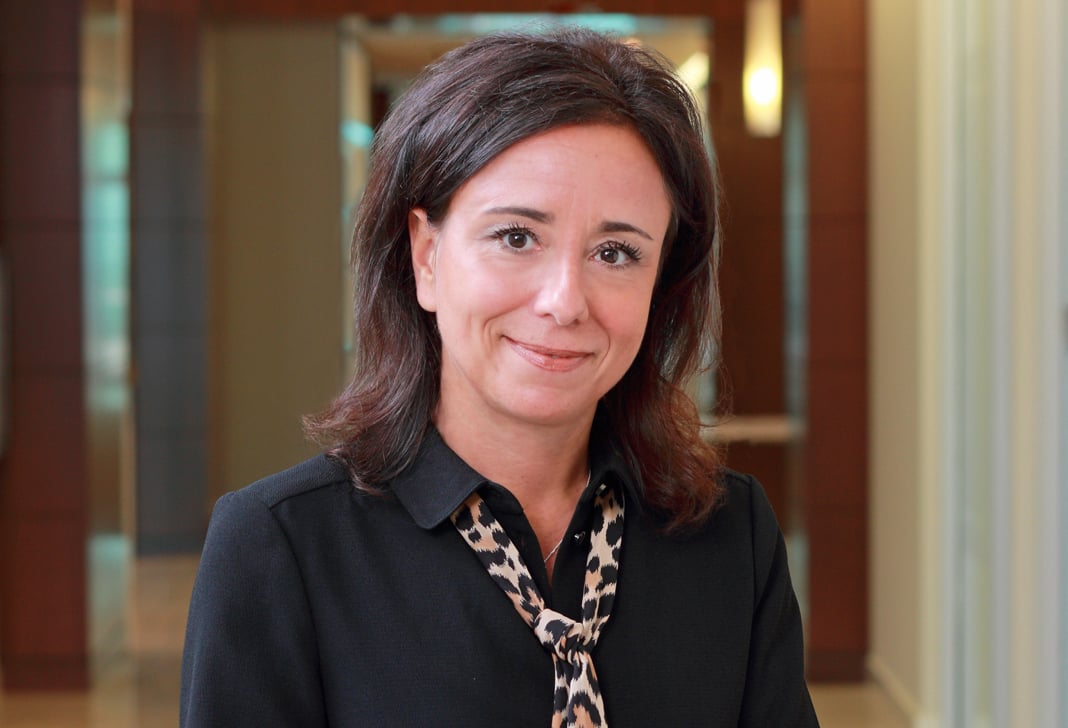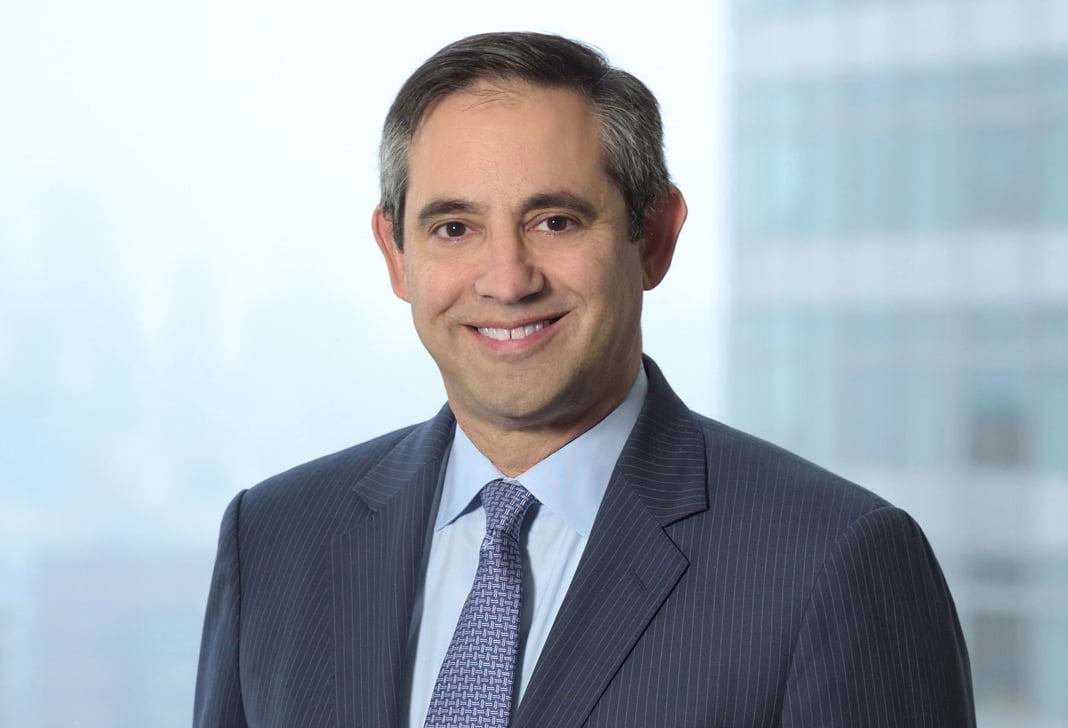Second Circuit Clarifies Copyright Fair Use Standard
The Second Circuit's recent decision in Cariou v. Prince, Docket No. 11-1197-cv (2d Cir. April 25, 2013), clarifies that copyright fair use is not limited to works that offer some "comment" on copyrighted content. The court held as a matter of law that 25 of well-known appropriation artist Richard Prince's paintings and collages that incorporated photographs from Patrick Cariou's book Yes Rasta were "fair use" as the works were "new and different" and therefore transformative. The opinion also highlights how lack of evidence in the record as to potential markets and licensing can work against the copyright owner claiming infringement, and how deposition testimony of an alleged infringer can be used to support a fair use defense.
Richard Prince used 35 photographs torn out of purchased copies of Yes Rasta in various artworks—at times using an entire photograph but painting over certain aspects and adding material. Prince had testified in a deposition that his work did not really have a message, nor was he trying to create anything with a new meaning or new message. The district court held that Prince had infringed Cariou's copyrights because his use of the photographs in his artworks did not "comment" on the original work, and therefore was not fair use.
The Second Circuit vacated this decision as too narrow, clarifying that a work does not need to "comment" on another work to qualify as fair use. It dismissed any significance of the testimony and found the critical question to be how the work in question appears to the reasonable observer, not what an artist might say about his or her work. Accordingly, the correct test in this case was whether Prince's work was transformative—having a new expression, meaning, or message—when compared to Cariou's photographs.
The court found that 25 of Prince's works constituted fair use because they "have a different character, give Cariou's photographs a new expression, and employ new aesthetics with creative and communicative results distinct from Cariou's," including ink jet printing, acrylic paint, and pasted-on elements. Prince's works were also several times the size of Cariou's classic photographs. The court cautioned that merely modifying a work does not necessarily make it "transformative" and used an example of a derivative work that merely presents the same material in a new form, such as a television show based on a book.
In considering the other statutory copyright fair use factors, the court also emphasized that Cariou's classic black and white photos had a very limited distribution and were not aggressively marketed, while Prince's appropriation artworks were sold for millions of dollars and often to celebrities. Key to the court's analysis was that there was no evidence that Prince's artworks had "usurped" the market space that otherwise would have belonged to Cariou. There was nothing in the record to suggest Cariou would ever develop or license secondary uses of his work similar to Prince's artworks, nor was there any evidence that the target audience of Prince's work was the same as Cariou's.
The court remanded to the district court for consideration whether Prince had sufficiently "transformed" the original photographs in five other works to constitute fair use. In each of these five photographs, the alterations when compared to the original were minimal, such as merely painting blue lozenges over the subject's eyes and mouth or pasting a picture of a guitar over the subject's body, and similar in key aesthetic ways. The dissent commented that after clarifying the legal standard, it would have remanded the entire case to the district court to apply the facts as to each of the 30 works.
This decision emphasizes the critical fact and record development by outside counsel from the beginning of a case. While the Second Circuit disregarded Prince's deposition testimony as to his intent, it found persuasive the lack of testimony or evidence regarding the potential market for Cariou's works, a key factor in the fair use analysis to find that Prince had not usurped the market for Cariou's works.
Lawyer Contacts
For further information, please contact your principal Firm representative or one of the lawyers listed below. General email messages may be sent using our "Contact Us" form, which can be found at www.jonesday.com.
Susan M. Kayser
Washington
+1.202.879.4694
skayser@jonesday.com
John G. Froemming
Washington
+1.202.879.4693
jfroemming@jonesday.com
Meredith M. Wilkes
Cleveland
+1.216.586.7231
mwilkes@jonesday.com
Meir Feder
New York
+1.212.326.7870
mfeder@jonesday.com
Edwin L. Fountain
Washington
+1.202.879.7645
elfountain@jonesday.com
Geoffrey S. Stewart
Washington / New York
+1.202.879.5445 / +1.212.326.7877
gstewart@jonesday.com
Jones Day publications should not be construed as legal advice on any specific facts or circumstances. The contents are intended for general information purposes only and may not be quoted or referred to in any other publication or proceeding without the prior written consent of the Firm, to be given or withheld at our discretion. To request reprint permission for any of our publications, please use our "Contact Us" form, which can be found on our web site at www.jonesday.com. The mailing of this publication is not intended to create, and receipt of it does not constitute, an attorney-client relationship. The views set forth herein are the personal views of the authors and do not necessarily reflect those of the Firm.



